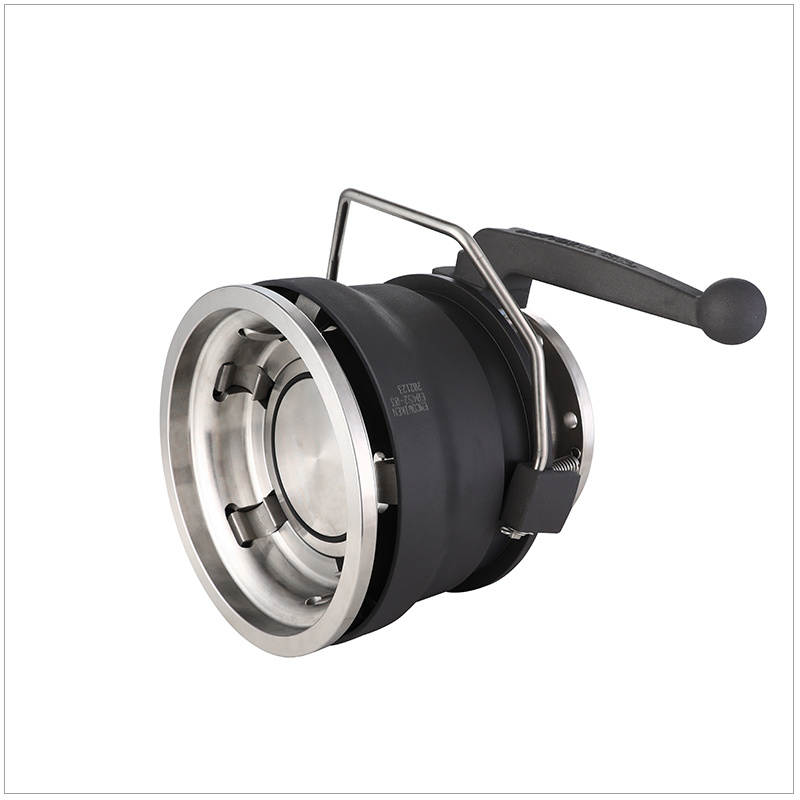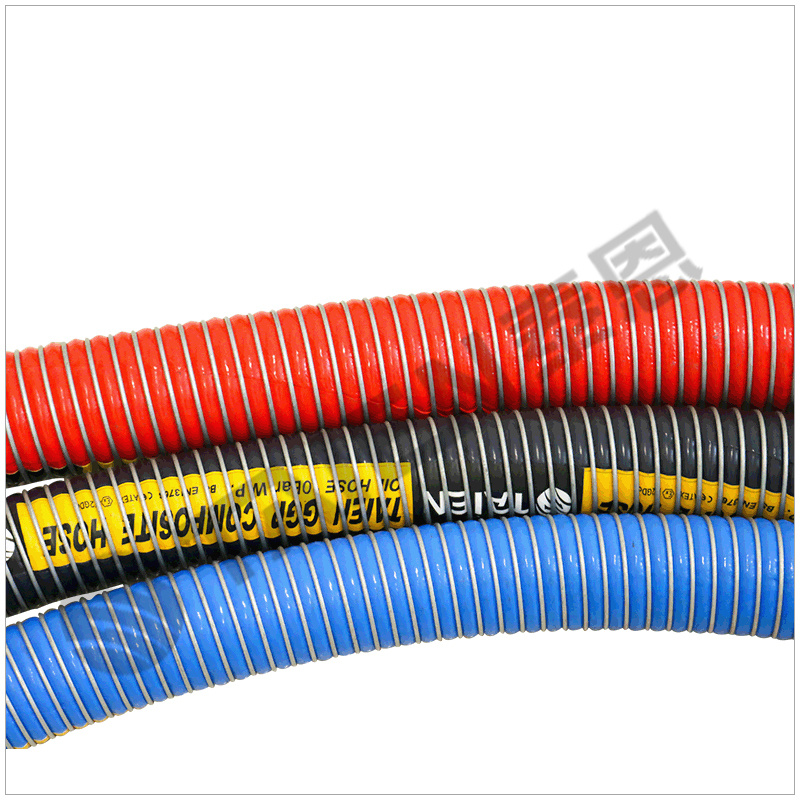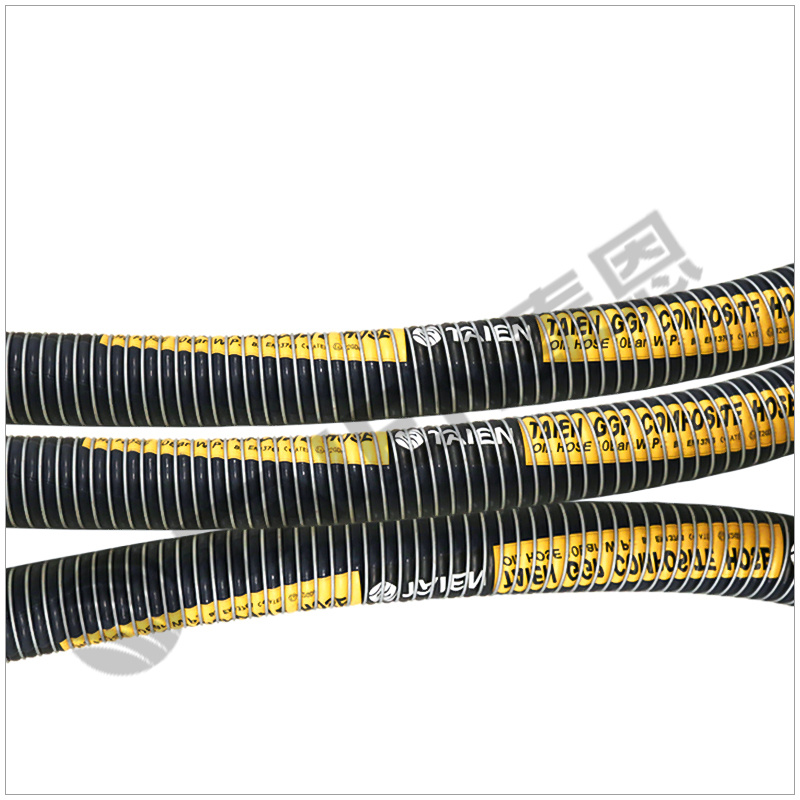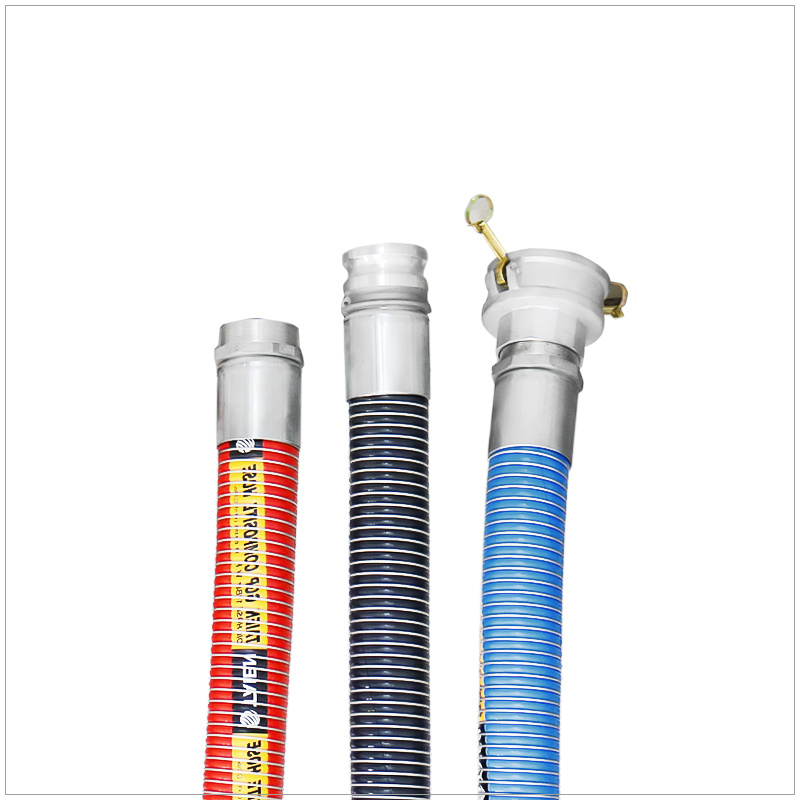Understanding the Technical Specifications of API Special Gas Recovery Connectors
Release time:
2025-06-10
Author:
Source:
Abstract
Understanding the Technical Specifications of API Special Gas Recovery Connectors
The energy sector is ever-evolving, and within it, gas recovery operations have become increasingly critical. API Special Gas Recovery Connectors play a pivotal role in ensuring efficient and safe gas management. In this article, we will explore the technical specifications that define these connectors, their applications, and their importance in gas recovery systems. Our goal is to provide a thorough understanding that not only informs but also empowers you to make knowledgeable decisions.
Table of Contents
- 1. Introduction to API Special Gas Recovery Connectors
- 2. Technical Specifications of API Special Gas Recovery Connectors
- 3. Performance Standards and Testing Protocols
- 4. Applications of API Special Gas Recovery Connectors
- 5. Installation and Maintenance Best Practices
- 6. Safety Considerations in Gas Recovery Operations
- 7. Future Developments in Gas Recovery Technology
- 8. Conclusion
- 9. Frequently Asked Questions
1. Introduction to API Special Gas Recovery Connectors
API Special Gas Recovery Connectors are specialized fittings designed to facilitate the safe and efficient transfer of gases in various industrial applications. These connectors are crucial in the oil and gas industries, particularly in operations where gas recovery is essential. Understanding their specifications is vital for ensuring they meet the operational demands and safety standards required in the field.
2. Technical Specifications of API Special Gas Recovery Connectors
API Special Gas Recovery Connectors come with a range of technical specifications that define their performance and reliability. Each specification ensures that the connectors can withstand the challenging environments typical in gas recovery applications.
2.1 Pressure Rating
The pressure rating of an API Special Gas Recovery Connector is a critical specification. It indicates the maximum pressure that the connector can safely handle without risk of leakage or failure. Standard pressure ratings usually range from 5,000 psi to 15,000 psi, depending on the design and materials used. For effective operations, it is essential to select connectors with pressure ratings that match or exceed the operational pressures of the system.
2.2 Temperature Rating
In addition to pressure ratings, temperature ratings are equally significant. The temperature rating defines the operational temperature range of the connectors. API connectors can typically function in extreme temperatures, from sub-zero conditions to high heat environments reaching 200°C (392°F) or more. Choosing connectors that align with the temperature conditions of your application ensures reliability and longevity.
2.3 Material Composition
The material composition of API Special Gas Recovery Connectors greatly influences their durability and resistance to corrosion. Common materials include carbon steel, stainless steel, and special alloys designed for high-stress environments. The choice of material should be based on the specific gases being transported and the environmental conditions to which the connectors will be exposed.
2.4 Threading Standards
Threading standards are crucial for ensuring that connectors fit securely within the system. API threading standards are designed to provide consistent compatibility across the industry. Common types include tapered threads and straight threads, each serving different applications. Proper threading ensures leak-proof connections, enhancing safety and efficiency.
3. Performance Standards and Testing Protocols
API Special Gas Recovery Connectors are subject to a variety of performance standards and testing protocols aimed at ensuring their reliability in real-world applications. These protocols typically involve pressure testing, temperature cycling, and fatigue testing. Adhering to these standards guarantees that connectors can withstand the rigorous demands of gas recovery operations.
4. Applications of API Special Gas Recovery Connectors
The applications of API Special Gas Recovery Connectors are vast and varied. They are utilized in:
- Natural Gas Recovery: Essential for transporting natural gas safely and efficiently.
- Oil Extraction: Used in systems designed to recover gases associated with oil extraction.
- Chemical Processing: Vital in chemical plants where gas management is crucial for safety and efficiency.
- Waste Management: Employed in systems designed to capture and recover gases produced from waste materials.
5. Installation and Maintenance Best Practices
Proper installation and maintenance of API Special Gas Recovery Connectors are fundamental to their functionality and safety. Here are some best practices:
- Use Proper Tools: Ensure that the correct tools are used for installation to prevent damage to the connectors.
- Follow Manufacturer Guidelines: Adhere to installation instructions provided by the manufacturer to ensure reliability.
- Regular Inspection: Conduct regular inspections to identify wear and tear, which can lead to leaks.
- Maintain Cleanliness: Ensure the connection area is clean to prevent contamination that can compromise the integrity of the seal.
6. Safety Considerations in Gas Recovery Operations
Safety is paramount in gas recovery operations. Ensuring the integrity of API Special Gas Recovery Connectors is essential for preventing hazardous leaks. Here are some key safety considerations:
- Regular Training: Personnel should be regularly trained in safety protocols and the proper handling of gas recovery equipment.
- Emergency Protocols: Establish clear emergency protocols in case of gas leaks or connector failures.
- Use of Safety Equipment: Ensure all personnel use appropriate safety gear during gas recovery operations.
7. Future Developments in Gas Recovery Technology
The future of API Special Gas Recovery Connectors looks promising, with ongoing advancements in materials and technology. Innovations such as smart connectors equipped with sensors for real-time monitoring are on the horizon. These developments aim to enhance safety and efficiency, making gas recovery operations smoother and more reliable.
8. Conclusion
API Special Gas Recovery Connectors are integral to safe and efficient gas management in various industrial applications. Understanding their technical specifications—including pressure ratings, temperature ratings, material composition, and threading standards—is essential for selecting the right connectors for your needs. With proper installation, maintenance, and adherence to safety protocols, these connectors can significantly enhance the performance of gas recovery operations. As technology evolves, staying informed about future developments will ensure that your operations remain at the forefront of safety and efficiency.
9. Frequently Asked Questions
What are the main uses of API Special Gas Recovery Connectors?
API Special Gas Recovery Connectors are primarily used in natural gas recovery, oil extraction, chemical processing, and waste management systems.
How do I choose the right pressure rating for my connectors?
Choose a pressure rating that matches or exceeds the maximum operational pressure of your gas recovery system to ensure safety and reliability.
What materials are best for corrosive environments?
Stainless steel and special alloys are typically recommended for corrosive environments, providing enhanced durability and resistance to damage.
How often should connectors be inspected?
Conduct regular inspections—at least quarterly—to identify any wear or damage that could compromise the integrity of the connectors.
What safety measures should be in place during gas recovery operations?
Implement regular training for personnel, establish emergency protocols, and ensure the use of appropriate safety equipment during operations.
Recommended Reading














